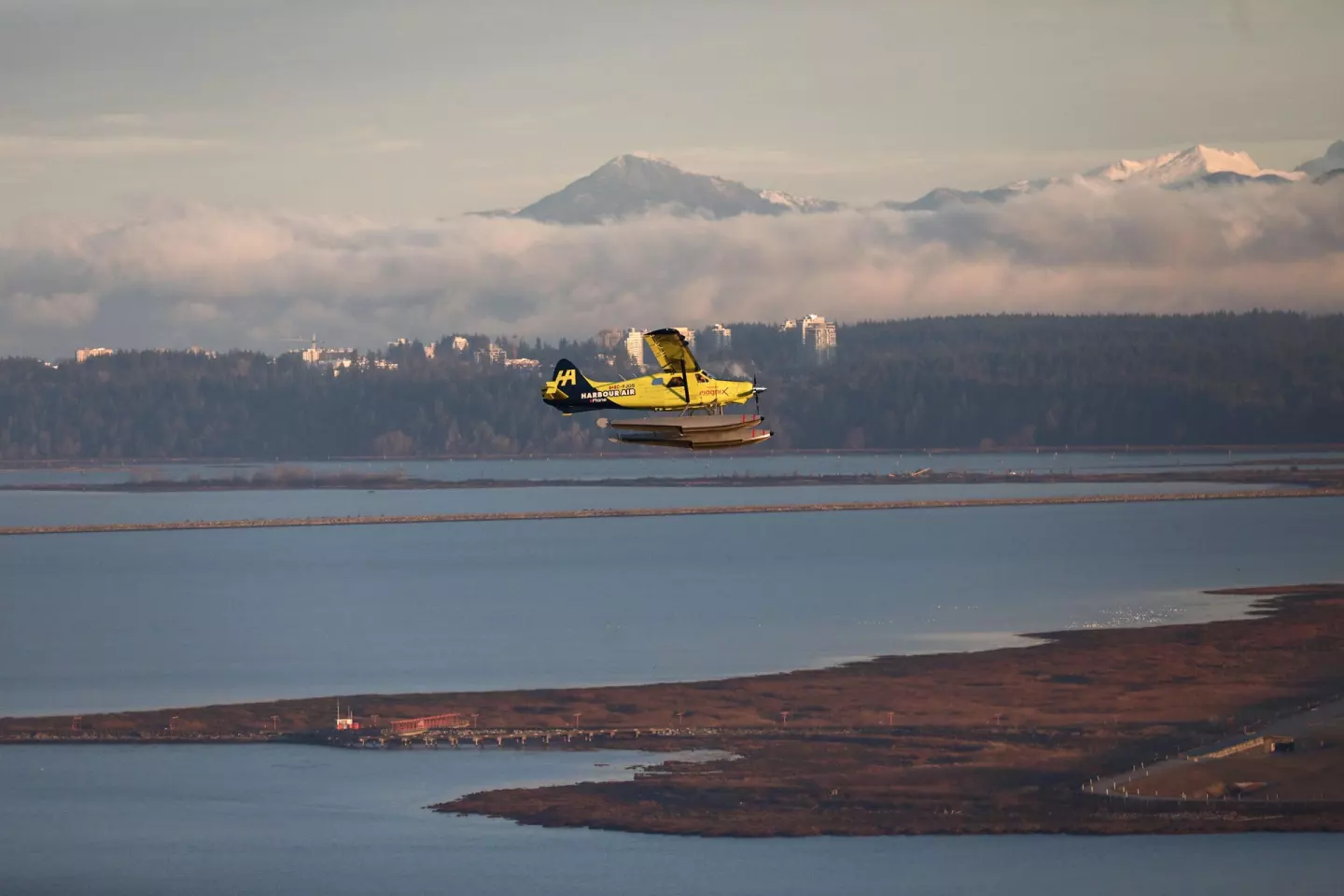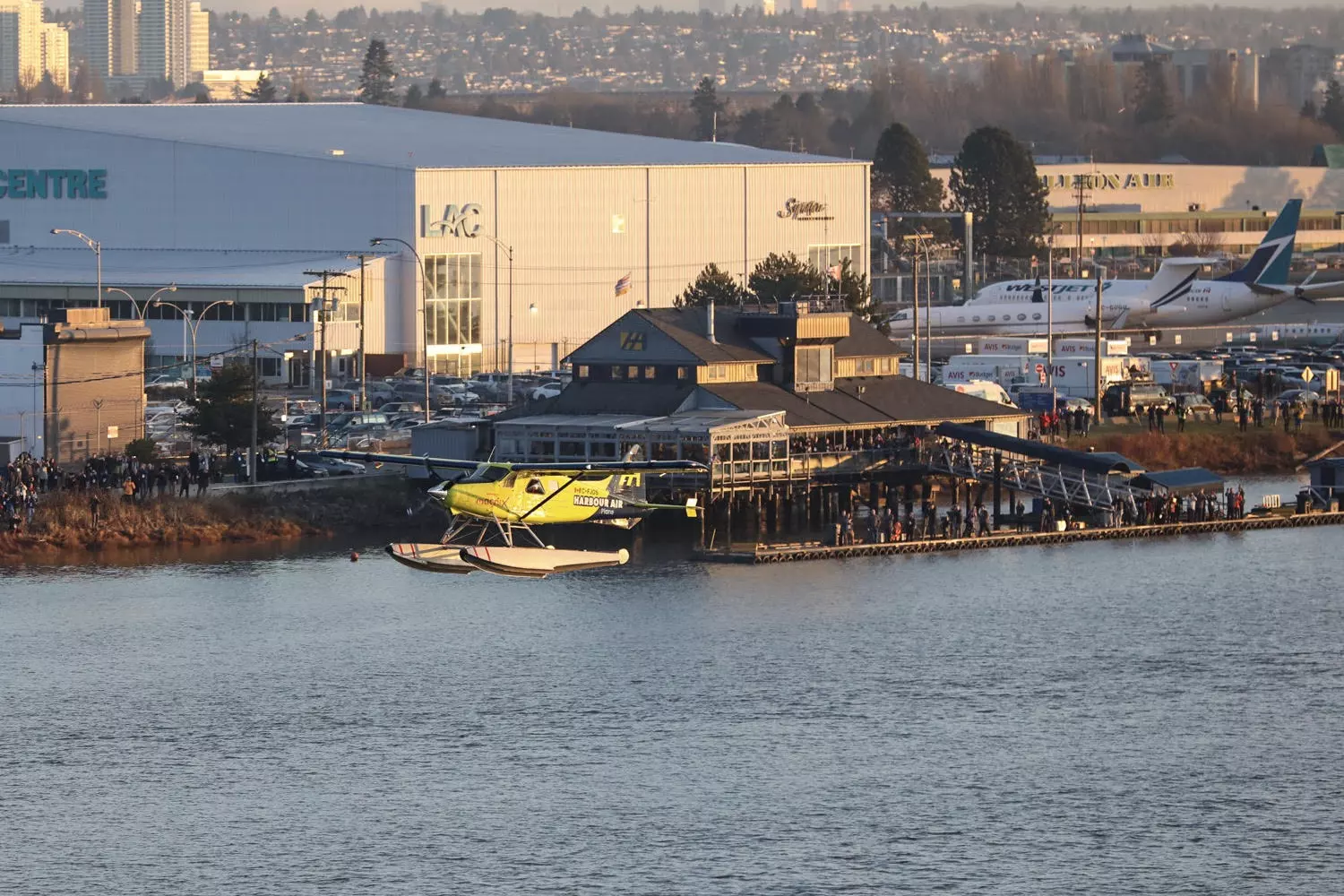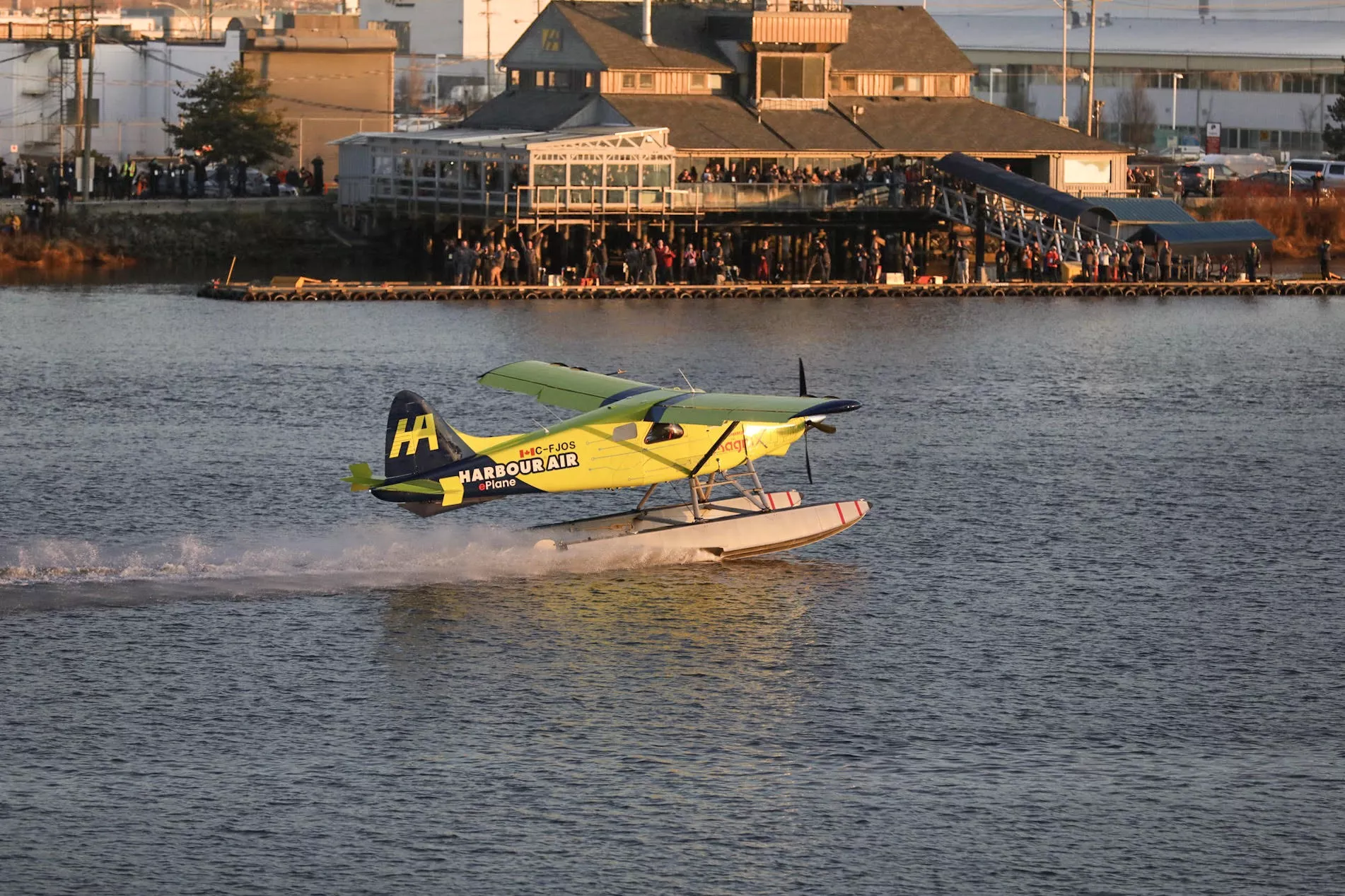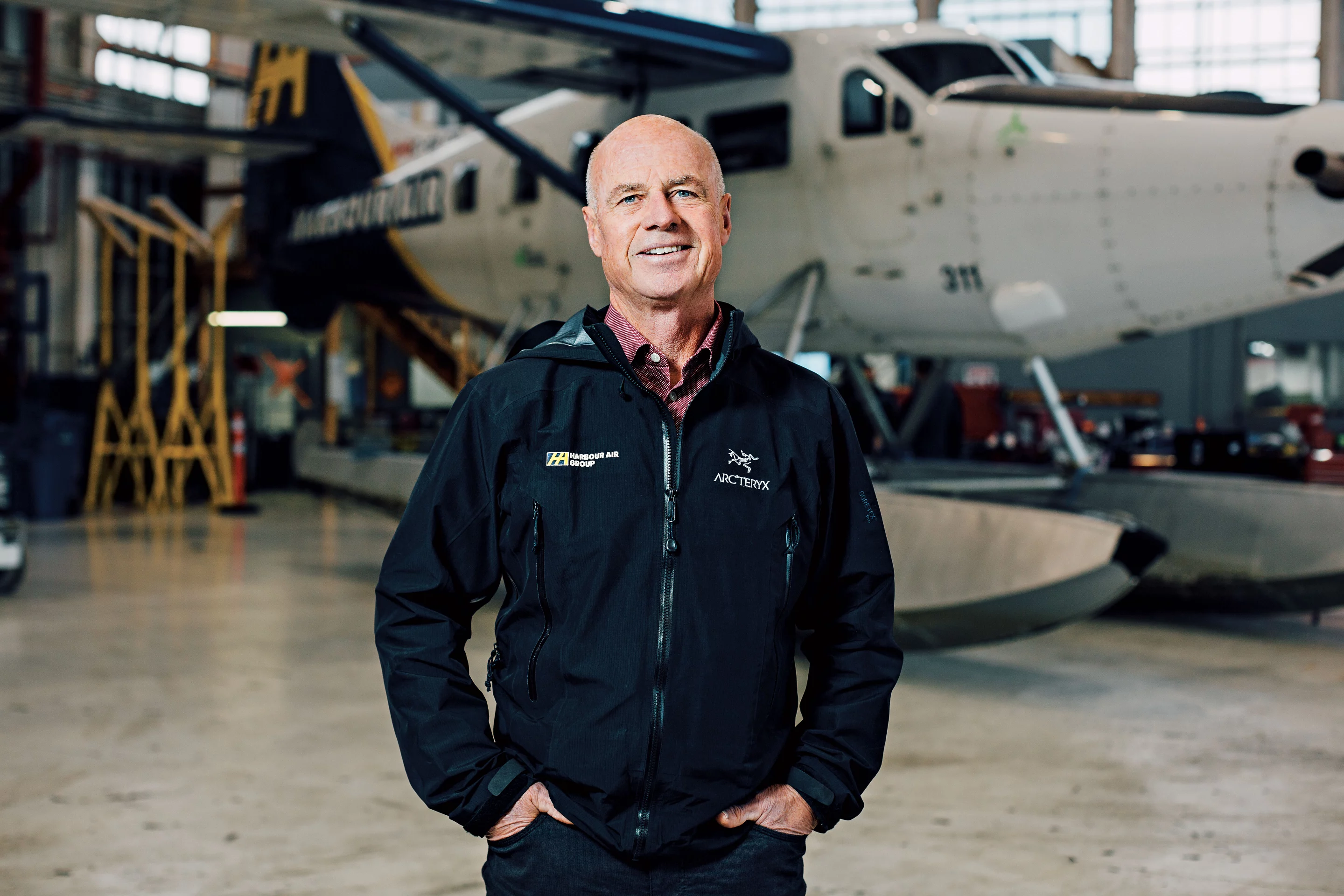The world's first successful flight of an all-electric commercial aircraft was completed today as a modified six-passenger DHC-2 de Havilland Beaver took to the air from the Fraser River at Harbour Air Seaplanes terminal in Richmond, British Columbia with Harbour Air CEO and founder Greg McDougall at the controls. Operated by Harbour Air and equipped with a by a 750-horsepower (560 kW) magni500 propulsion system built by magniX, it is the first in a planned fleet of all-electric commercial seaplanes.
Electric propulsion has been very much in the news in recent years as everyone from the builders of tiny drones to NASA have looked into how to make an all-electric propulsion system that can compete on some level with conventional commercial aircraft.
The idea may at first seem as odd as a horse-drawn zeppelin, but electric aircraft have many potential advantages. Aside from producing zero emissions and much lower noise levels, they also promise lower maintenance costs because of their simpler design with fewer moving parts.

However, they still suffer from relying on very heavy batteries and having a very limited range. And while that may be a deal-breaker for many commercial applications, it can be very attractive for short-haul airlines that land and take off at frequent intervals, such as in Puget Sound on the North American west coast, where island hoppers are common.
This year, Harbour Air, the world's largest seaplane airline, entered into a partnership with Redmond, Washington-based magniX to produce an all-electric commercial seaplane fleet based on magniX's high-power density magni500 propulsion system, which was retrofitted to a standard Beaver seaplane. According to Harbour Air, today's flight will be followed by starting the process to certify the modifications and the propulsion system for regular service before going on to retrofitting the rest of the Harbour Air fleet.
"Today, we made history," says Greg McDougall, CEO and founder of Harbour Air Seaplanes. "I am incredibly proud of Harbour Air’s leadership role in re-defining safety and innovation in the aviation and seaplane industry. Canada has long held an iconic role in the history of aviation, and to be part of this incredible world-first milestone is something we can all be really proud of."
The video below shows the flight (skip forward to around 4.30 to see the plane get airborne).
Source: Harbour Air









